Forested Wetland Revitalization and Boardwalk Improvement Project
The Lake Lillian forested wetlands revitalization and boardwalk improvement project is now underway. Construction will years and result in increased biodiversity and an improved aquatic wildlife habitat.
The first phase of revitalization, the area adjacent to The Grove performance venue on the north side of the garden, was funded by two grants: $400,000 from the State of Florida Department of Environmental Protection and $50,000 from the Florida Fish and Wildlife Conservation Commission (FWC). That phase was managed by the City of Winter Public Works department, and involved removal of muck and a mass of invasive plants in a one-half acre area of the 12 acres wetlands. Nearly 4,300 new plants and trees were installed in the area.

In addition, a 300-foot section of the boardwalk located near The Grove and Butterfly Garden will be rebuilt. Though heavily damaged by the hurricanes of 2004, the boardwalk has remained a popular area of the garden. When refurbished, the boardwalk will provide more extensive close-up viewing and enjoyment of the wetlands plants and wildlife.
Additional restoration of the wetlands is planned, pending availability of project funds.
Restoration of the Lake Lillian wetland has been a public-private collaborative effort involving the City of Winter Park, Mead Botanical Garden Inc., US Congressman John Mica and FWC leaders and staff and many experts. At least three years of research and project planning preceded the start of the construction work.
The project was permitted by the St. John’s Water Management District, Orange County Environmental Protection Division and the U.S. Army Corp of Engineers. In preparing for the permit application, MBG Inc. engaged certified wetlands biologist Mark Ausley of Bio-Tech Consulting Inc., landscape architect Forest Michael of Michael Planning of Florida and environmental engineering firm Nodarse & Associations (Terracon).
When complete, the City of Winter Park will ensure on-going maintenance and permit compliance.
“Many people have had a hand in bringing this phase of restoration to fruition,” said Cynthia Hasenau, MBG Inc. “There are so many who deserve special recognition for their on-going involvement and support. Along with Congressman Mica and the experts already noted, I’d like to thank Winter Park Mayor Steve Leary and City Commissioners, former Mayor Ken Bradley, Winter Park City Manager Randy Knight, Park & Recreation Director John Holland, Public Works Director Troy Attaway, Construction Project & Grant Manager Lena Petersen, Environmental Resource Manager Tim Egan, and MBG Inc. board leaders Jeffrey Blydenburgh and Bill Weir.”
Monarch Waystation Plantings

 You’ve probably heard that monarch populations have been on the decline due to significant habitat loss. Specifically, they are losing their larval food source, milkweed, which grows in many of the areas that we humans desire for development. Monarch caterpillars eat only milkeed, and monarch butterflies only lay their eggs on milkweed. So… no milkweed means no monarchs!
You’ve probably heard that monarch populations have been on the decline due to significant habitat loss. Specifically, they are losing their larval food source, milkweed, which grows in many of the areas that we humans desire for development. Monarch caterpillars eat only milkeed, and monarch butterflies only lay their eggs on milkweed. So… no milkweed means no monarchs!
But there is something we can do to help the monarch population recover. We can create suitable habitat for monarchs by planting milkweed and other wildflowers that provide nectar as food for the mature butterflies.
Monarch Watch, a nonprofit committed to conserving and restoring monarch habitat (www.monarchwatch.org), has established guidelines for creating monarch habitat through their Monarch
Waystation certification program. On November 15, we will be installing approximately 120 milkweed and other nectar source plants in an effort to establish a Monarch Waystation. The waystation will not only provide food and habitat for monarchs (as well as many species of birds, butterflies, bees and other pollinators that will utilize it), but it is a great way to get the word out about monarchs and milkweeds. Many people don’t realize that monarchs depend on milkweed for survival. In addition to milkweed, we will also be planting Coreopsis, Liatris, Rudbeckia, Salvia, Solidago and other native wildflowers.
If we plant the milkweed, the monarchs will come!
Bringing a Little Sandhill Back
 Join members of the Florida Native Plant Society (FNPS) as they manage native plant demonstration areas in the uplands of Mead Garden. They add native grasses, wildflowers, shrubs and trees under the existing longleaf pine forest area of the garden and around our active gopher tortoise burrows.
Join members of the Florida Native Plant Society (FNPS) as they manage native plant demonstration areas in the uplands of Mead Garden. They add native grasses, wildflowers, shrubs and trees under the existing longleaf pine forest area of the garden and around our active gopher tortoise burrows.
If you are looking for ways to attract birds, butterflies and other pollinators to your yard, native plants can be the perfect solution! Lend a hand with the planting and see how simple it is to create a similar garden in your own yard. Working side by side with FNPS chapter members, you’ll learn the best methods to ensure your plants get off to a good start and thrive for years to come.
Volunteers have installed about 160 plants including turkey oaks, plums, palmetto, lopsided Indiangrass, green eyes, blazing star, yucca, bluestem grass, and a lot of gopher apple in the southwest part of the Garden (south of the large picnic pavilion). These plants will not only bring a bit of beauty to the uplands area; they will also provide vital food and cover for a myriad of native wildlife.
Volunteers are needed! Bring water and a snack, as well as gloves, trowel, big hat, and a watering can with a spout, if you have one. Most of the plants are in 1 gallon pots, so they will be easily planted.
For more information, please contact Catherine Bowman at garberia08@gmail.com.


